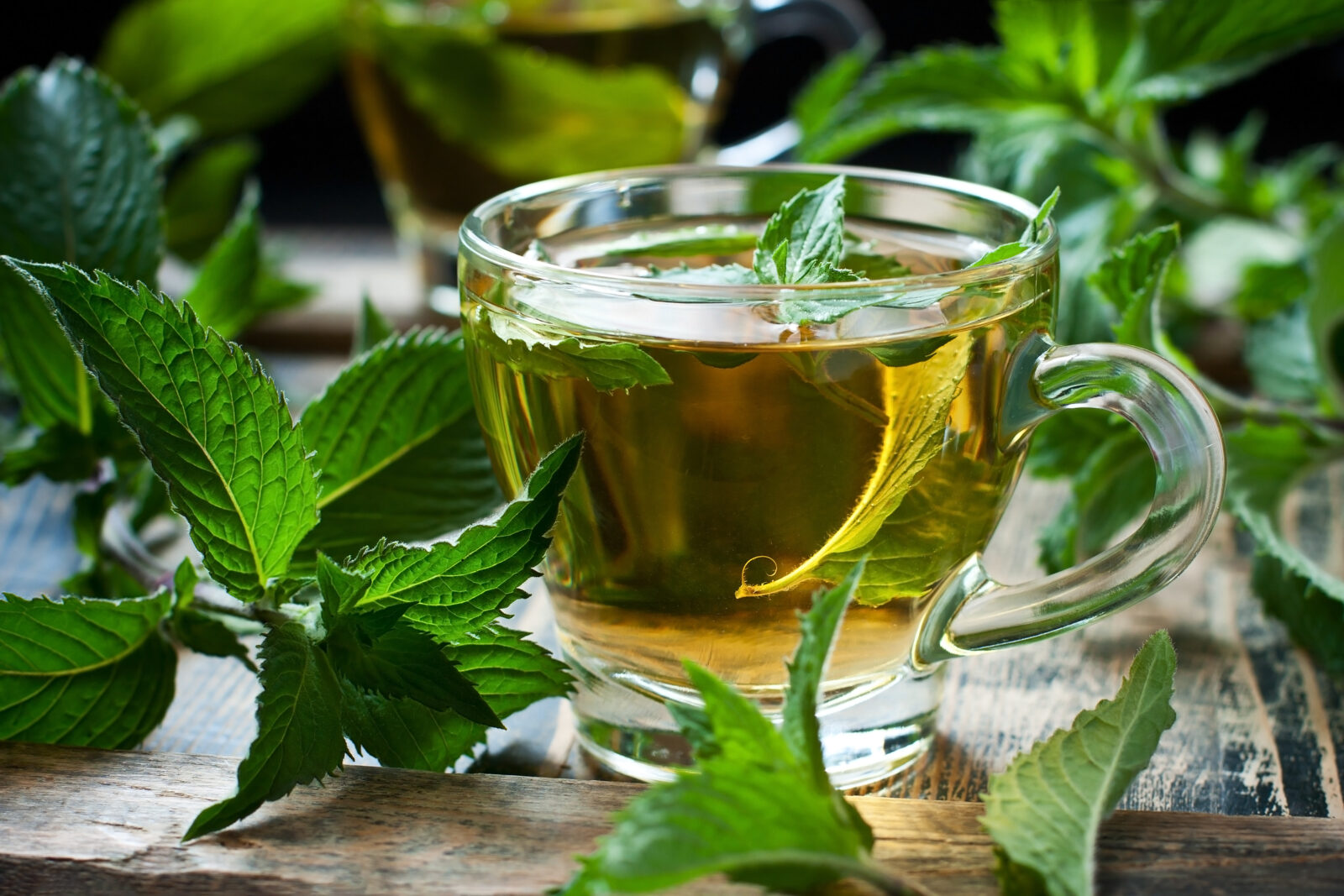Ripen Wellness and Awaken Senses With Mint Teas
Earth supports more than 400,000 known plants (the true number is much higher), and of them about 300,000 are edible, although humans only eat about 200 species. At Ku Cha House of Tea, we incorporate a wide range of edible plants, including herbs, nuts, flowers and more, into our teas.
Traditional tea itself, Camellia sinensis, is of course a botanical, and one of the most commonly consumed plants in the world, along with coffee beans, corn, wheat and soybeans, among others. But tea is about more than just leaves from Camellia sinensis. Herbal teas often contain chamomile, a flower, or spices like cinnamon; chai is a sensation of botanicals. Herbal teas incorporate rose hips, and rhizomes like ginger and turmeric. Lavender, hibiscus and lemon balm routinely make appearances. Meanwhile, teas made from yerba mate and rooibos, of which we carry many, are all plants.
One common herbal tea ingredient, mint, comes in many styles. Peppermint and spearmint, for example, broadcast different flavors; peppermint is more assertive, and spearmint comes across with more sweetness. And as mint complements other ingredients with such versatility, it can serve as a kind of alchemist, with its zing and zip pushing the taste of chocolate one way, and lemon another.
In short, mint is a foundational ingredient for herbal teas. We absolutely adore all that this simple herb, found wild around the world, brings to our lives for both flavor and health.
What is mint?
Mint, or Mentha, an aromatic perennial, encompasses somewhere between 13 and 24 species, including horsemint, pennyroyal, chocolate mint and pineapple mint. It thrives in moist environments; in the Boulder foothills, it’s not hard to find wild mint growing beside streams (we sometimes chew a few leaves during a hike, to spark our senses). Some species rise just four inches from the ground; others climb as high as four feet.
How is mint used for flavor?
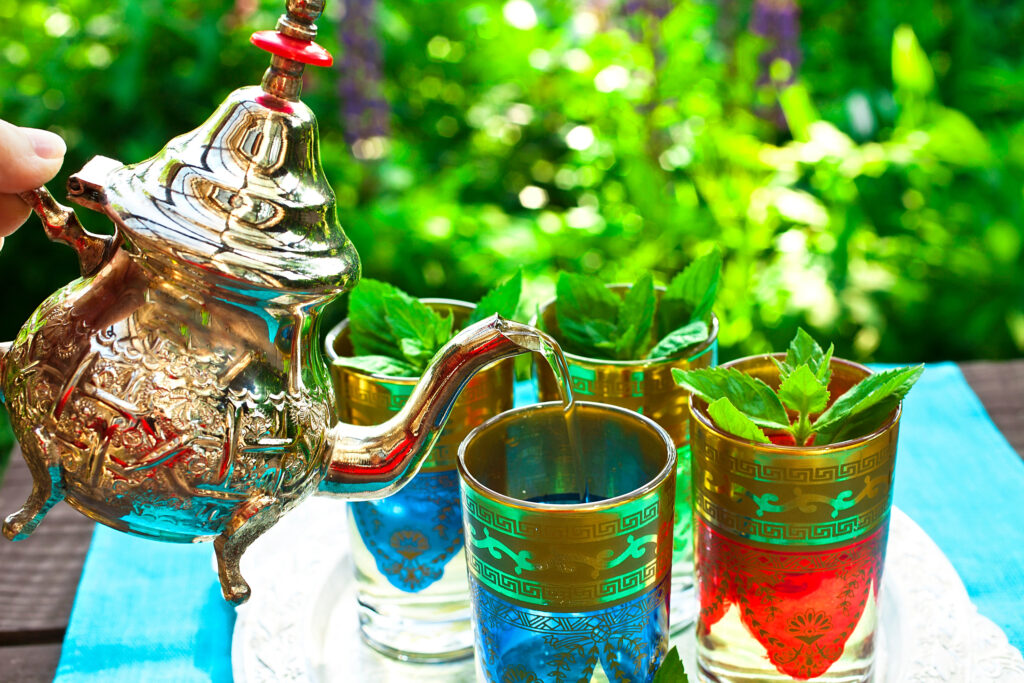
People across North Africa probably consume more mint than anybody else. In places like Morocco, Algeria and Tunisia, people drink Maghrebi tea throughout the day; the term Maghreb refers to the region of northwest African countries that include Morocco, Algeria, Tunisis, Libya and Mauritania.
More commonly known as Moroccan mint tea, the blend combines green tea with spearmint and normally gets spiked with sugar.
The pairing of traditional tea and mint is not limited to the Maghreb; in the United States, iced tea is commonly paired with mint and lemon. Candies; cocktails like mint juleps, mojitos and grasshoppers; some Vietnamese and Middle Eastern dishes; lamb with mint jelly; so many cuisines, dishes and preparations revolve at least in part around this powerhouse of an herb.
And then there’s the other uses: toothpaste, mouth rinses, chewing gum, room deodorizers, and so on.
Mint for Health
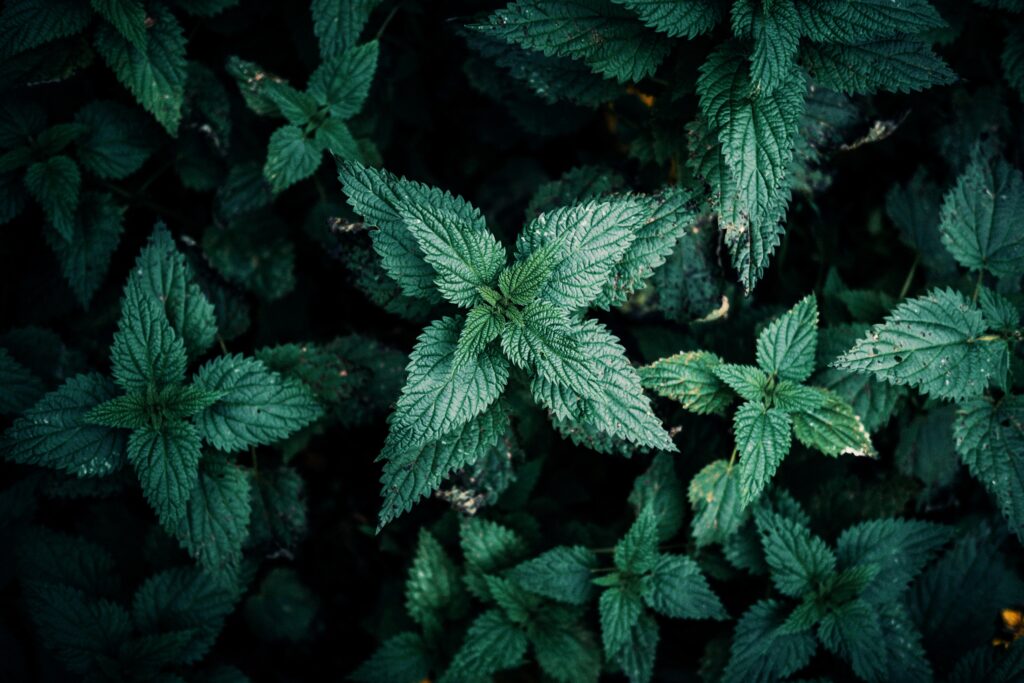
Naturopathic doctors around the world urge mint upon people suffering from stomach and digestive distress, as well as for people seeking mental stimulation and alertness. At the same time, some people take mint to help soothe nerves, mitigate headaches and combat insomnia.
We incorporate mint into many of our herbal blends, some of which are top sellers. Experiment with the list below — each tea features different blends containing mint. Each of them will deliver delicious flavor and comfort; we find that a warm mug of mint tea in the afternoon is a perfect bridge between the morning’s crush of work and the evening wind-down.
Mint Tea for Wellness: Moroccan Mint
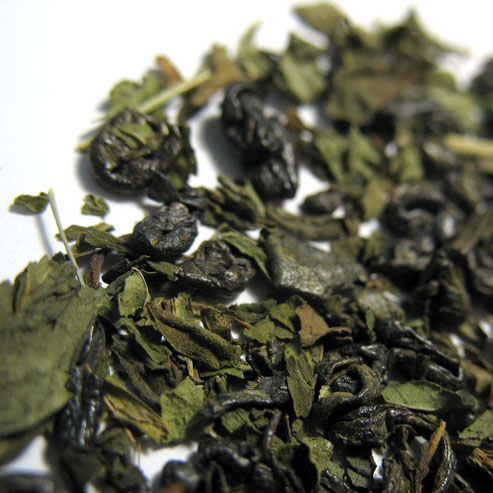
This beauty is the same thing as the Maghrebi tea we discussed earlier, a style of tea that is extremely popular across much of North Africa. There, people sip this tea constantly; the combination of mint and green tea offers exceptional bursts of energy and intellectual ferment. Our Moroccan Mint leans into spearmint for the mint flavor, and our strong Gunpowder Green Tea, which adds a touch of smokiness to the blend.
Mint Tea for Wellness: Organic Ginger Refresh
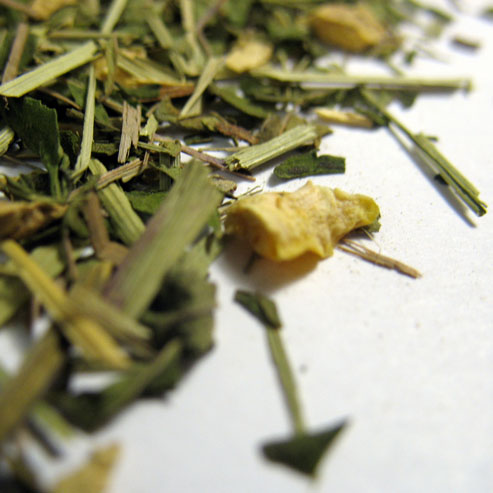
This wellness powerhouse incorporates lemongrass, peppermint, ginger, licorice and lemon peel into an exceptional good-for-you tea. It’s caffeine-free, but thanks to the stimulative properties of ginger, lemongrass and lemon peel and peppermint we think of it as a get-the-engines-revving brew, something we might sip across the afternoon and past dinner, as the ginger, peppermint and licorice all help aid digestion. The peppermint in this is potent — the menthol in peppermint reaches 40 percent saturation, while in spearmint, found in the Moroccan mint, only hits. 0.5 percent. The difference? Peppermint is spicier, hence its peppery name. Instead of menthol, spearmint is instead flooded with a plant compound called carvone, with broadcasts a sweeter flavor.
Mint Tea for Wellness: Organic Cloud Chaser
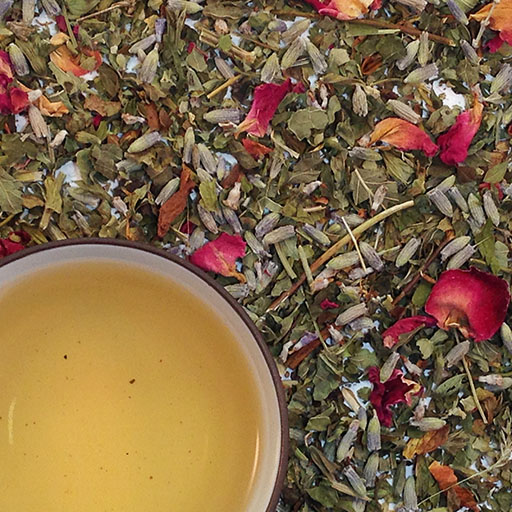
Mint is a wellness chameleon, simultaneously able to fire-up the mind with energy and vigor, while also sparking a sense of calm. Our Organic Cloud Chaser includes a list of botanicals that all revolve around fostering serenity and calm: lemon balm, lavender, marjoram, peppermint, rose petal, and St. John’s Wort.
With its mix of floral botanicals, this tea broadcasts tantalizing and novel flavors and aromas. But it’s the mint that serves as the game-changer; it balances all of the ingredients, acting in a way as the tea’s spine.

